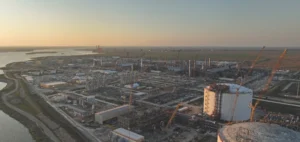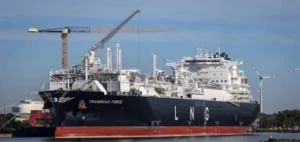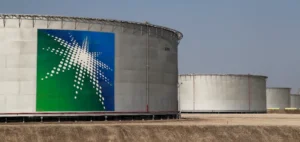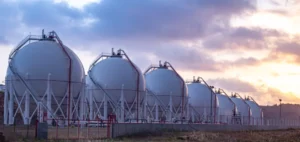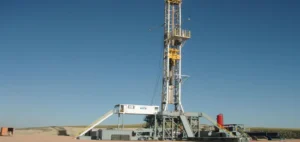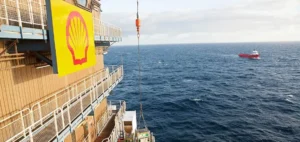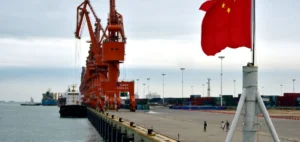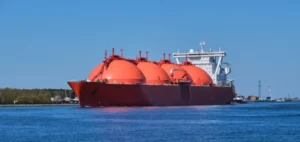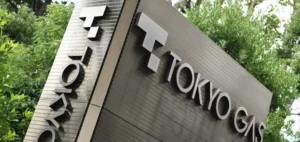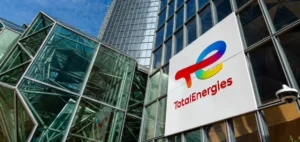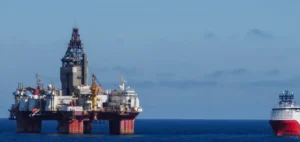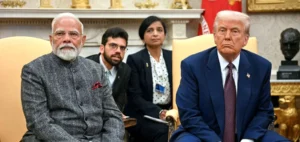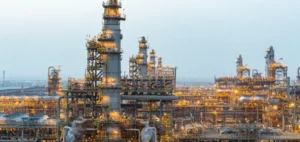Saudi Arabian Oil Company (Saudi Aramco) and Société Nationale pour la Recherche, la Production, le Transport, la Transformation et la Commercialisation des Hydrocarbures (Sonatrach) have reduced their official selling prices for liquefied petroleum gas (LPG) for the month of August. The decisions by the two national producers come amid rising global supply and slowing demand across several key markets, according to commercial sources.
Significant decreases on propane and butane
Saudi Aramco lowered its official selling price (OSP) for propane by $55 per ton, setting the new price at $520, and for butane by $55 as well, bringing it to $490 per ton. These reductions represent an adjustment of 4.6% to 10.1% from previously applied rates. Propane and butane, major components of LPG, are primarily used in the transport, heating, and petrochemical sectors.
In Algeria, Sonatrach maintained its official selling price for propane at $445 per ton, while the butane price was reduced by $20, to $415 per ton. These price adjustments reflect regional dynamics and the pressure resulting from increased export flows from the Middle East and North Africa.
Price benchmarks for several strategic regions
The official selling prices set by Saudi Aramco serve as a benchmark for all LPG supply contracts from the Middle East to the Asia-Pacific region. The observed fluctuations have a direct impact on commercial negotiations between suppliers and Asian buyers, who are the main consumers of propane and butane for industrial and energy uses.
For the Mediterranean basin and the Black Sea region, the prices determined by Sonatrach are considered primary indicators for regional importers, especially in Turkey and southern Europe. These references guide operators on expected price levels for the coming month, influencing trade flows and purchasing strategies.
Effects on international LPG markets
The simultaneous price moves by the two state companies highlight the sensitivity of LPG markets to international conditions, marked by volatility in trading and increased competition among major producers. A European trader stated that “higher exports and lower demand in Asia have contributed to downward pressure on prices,” pointing to the continuous adjustment of market players facing changing dynamics.



